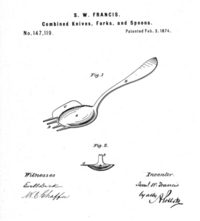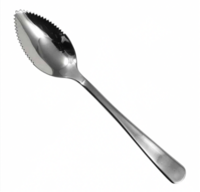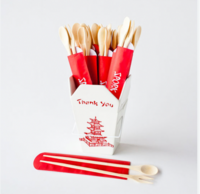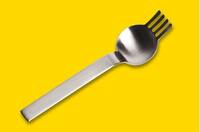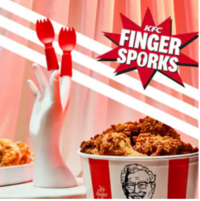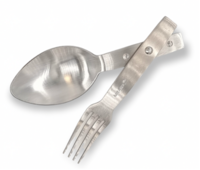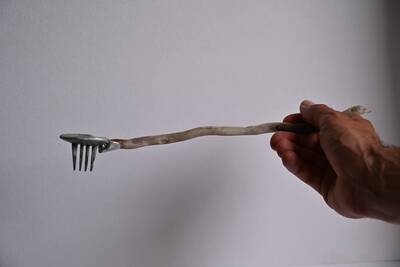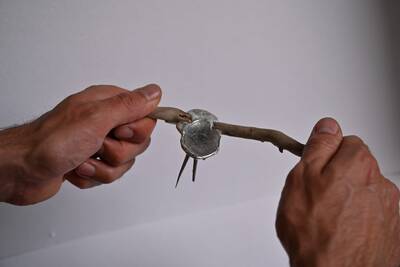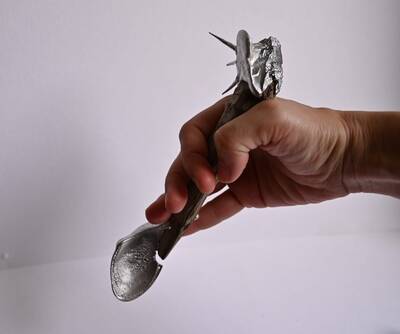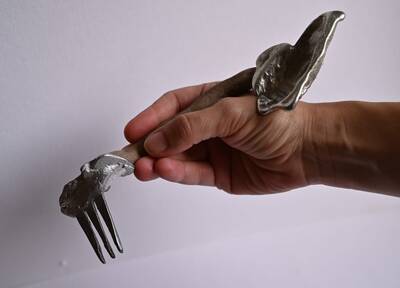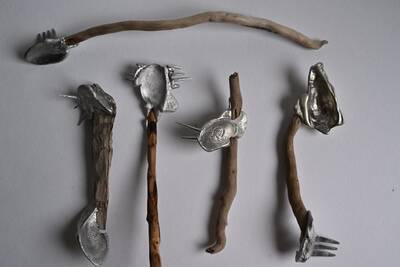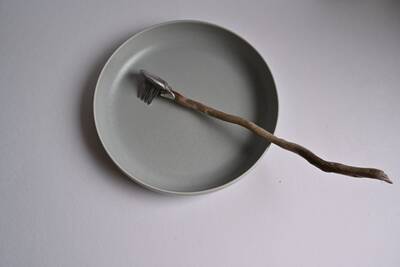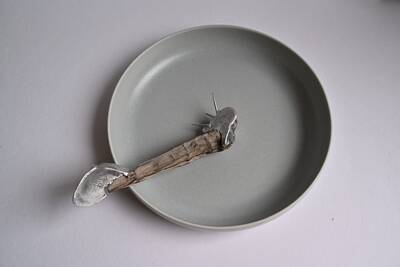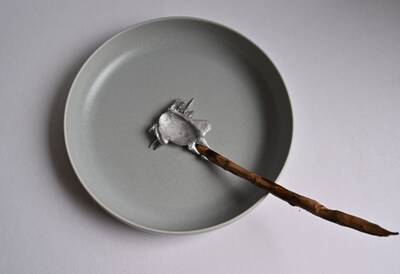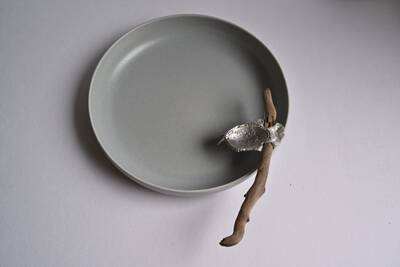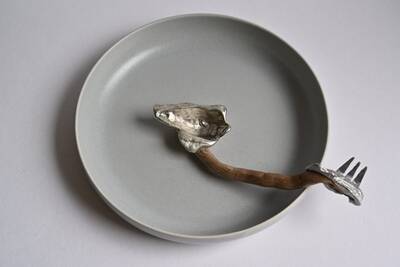The Spork: A Hybrid Utensil
The spork – the blend of “spoon” and “fork” – is a hybrid utensil that combines the features of both a spoon and a fork. Utensils are a fundamental part of daily life, reflecting both utility and culture. Among them, the spork stands out for its hybrid design, efficiency, and symbolism. The spork represents the urge for practical needs. It embodies hybrid functionality, efficiency, and adaptive design.
The history
Sporks have been around for a long time, some utensils resembling sporks being found as far back as 1894. The word “spork” was first referenced in the Century Dictionary in 1909, calling it a fusion of spoon and fork, describing it as a long, slender spoon that possesses fork-like tines. While the concept of combining spoon and fork elements dates back centuries, the modern spork was popularized in the 20th century. The earliest U.S. patent for a similar utensil dates back to 1874, registered by Samuel W. Francis. His design was a combined knife, fork, and spoon—reflecting the Victorian ambition of compact elegance and technological novelty. However, the true cultural rise of the spork occurs in the mid-20th century, especially with the proliferation of disposable plastic utensils in institutional settings – schools, prisons, airlines, and military kits. In this context, the spork represents efficiency over elegance, and standardization over specialization.
Ice cream fork, Shreve & Company, Iris service, silver, 1903-1917
Spork patent by Samuel W. Francis.
The design
The spork typically features a shallow spoon-like bowl with short tines at the tip. It is designed to maximize efficiency by combining two utensil functions. Common materials include plastic, metal and wood.
Grapefruit spork by R&M, a spoon with dents, to get more grip while eating a grapefruit.
Sporkchops combine chopsticks and a spoon and a fork.
The Ramen Spoon + Fork’s designer Masami Takahashi was tasked, in 2007, with updating the spork offered at the Sugakiya Japanese ramen chain. With his spork you can twirl some noodles around the tines and get some soup in the spoon’s bowl.
The culture
Though sometimes a subject of humor or derision, the spork apperars in various contexts:
• Military: The U.S. military adopted sporks for compact field rations.
• Prisons: sporks are common in prisons in the United States because they are difficult to form into weapons to attack other inmates.
• Pop Culture: Sporks appear in cartoons and movies (e.g., Toy Story 4's Forky).
• Camping and outdoor gear: Celebrated by travelers and outdoor people for reducing utensil needs
• Fast food chains: KFC even designed a finger spork
Finger spork by KFC
Lusikkahaarukka (“spoon-fork”) or LuHa is a stainless steel, folding spoon-fork combination issued together with a mess kit in the Finnish Army. It is widely used in camping and outdoors activities.
 A typical spork used in prison.
A typical spork used in prison.
The conclusion: postmodern hybridity
The spork – a hybrid of spoon and fork – is often dismissed as a lowly artifact of cafeteria culture or fast food convenience. It is often seen as a compromise rather than an ideal solution. It performs less effectively than a dedicated fork or spoon for certain foods, and its common plastic variants contribute to environmental waste.
Semiotically, the spork is a hybrid sign. It resists classification and destabilizes symbolic order, much like hybrid creatures in mythology (centaurs, sphinxes). In this way, the spork inhabits the margins of design culture, refusing to be fully one thing or another. The spork is not merely a utensil, but an index of institutional rationality, and a playful resistance to categorical purity. It attempts to fulfill two contradictory functions – scooping (spoon) and piercing (fork) – in a single form. The result is often a compromise, a utensil that does neither task perfectly. This opens up philosophical questions about identity, utility, and ambiguity. Is it a failure because it doesn't perform either of its functions optimally? Or is it a success because it enables a minimal, survival-oriented form of dining that suits institutions, travelers, and environmental minimalists?
The spork is rhetorical in its very refusal to choose; it represents a both/and logic in a world trained to think in either/or binaries. It is a utensil for the non-committal eater, one that suits institutional environments where individual preferences are suppressed in favor of logistical convenience. In many ways, the spork is a metaphor for the postmodern condition—fragmented, hybridized, and increasingly fluid. As society moves away from rigid categories (gender, race, class, roles), the spork too resists essentialism. It is a utensil of the in-between.

